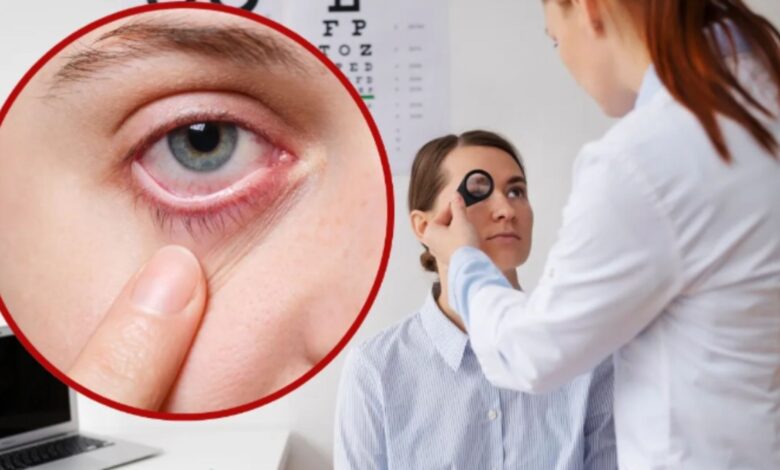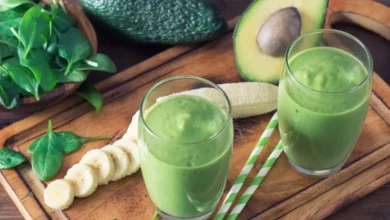Protect Your Vision: What You Need to Know About Eye Stroke During Heatstroke

Eye stroke, medically known as retinal artery occlusion, is a serious condition where the blood flow to the retina is blocked, leading to potential vision loss. This article explores the causes, symptoms, and preventive measures for eye stroke, particularly in the context of heatstroke.
What is Eye Stroke?
An eye stroke occurs when there is a sudden blockage in one of the arteries that supply blood to the retina. This blockage can be caused by a blood clot (thrombosis) or a piece of debris that travels through the bloodstream and lodges in the artery (embolism). The result is a sudden loss of blood flow and oxygen to the affected part of the retina, leading to vision impairment.
Causes of Eye Stroke
- Thrombosis: Formation of a blood clot within the blood vessel supplying the retina.
- Embolism: Migration of debris, such as plaque or cholesterol, from another part of the body into the retinal artery, blocking blood flow.
- Underlying Health Conditions: Conditions like hypertension, diabetes, high cholesterol, and cardiovascular disease increase the risk of developing blood clots or debris that can cause an eye stroke.
- Heatstroke: During extreme heat conditions, dehydration and elevated body temperature can exacerbate cardiovascular strain, potentially increasing the risk of blood clots or embolisms that can lead to an eye stroke.
Symptoms of Eye Stroke
- Sudden Blurred Vision: Vision in one eye may suddenly become blurry or impaired.
- Partial Vision Loss: Loss of peripheral vision or complete loss of vision in one eye.
- Floaters: Appearance of dark spots or lines in the field of vision.
- Eye Pain: Discomfort or pain in the affected eye may occur, particularly if there is increased pressure within the eye.
- Sensitivity to Light: Increased sensitivity to light (photophobia) may be present.
Ways to Prevent Eye Stroke During Heatstroke
- Stay Hydrated: Drink plenty of fluids, particularly water, to prevent dehydration, which can increase the risk of blood clot formation.
- Avoid Prolonged Heat Exposure: Limit exposure to extreme heat and take breaks in shaded or air-conditioned areas to reduce the strain on the cardiovascular system.
- Maintain a Healthy Lifestyle: Manage underlying health conditions such as hypertension, diabetes, and high cholesterol through diet, exercise, and medication as prescribed by a healthcare provider.
- Monitor Symptoms: Be aware of early signs of heatstroke, such as dizziness, nausea, rapid heartbeat, and seek immediate medical attention if symptoms worsen.
New Treatment for Eye Stroke and Vision Recovery
Propels in clinical treatment, for example, intra-blood vessel thrombolysis and antiplatelet treatment, have shown guarantee in further developing blood stream to the retina and diminishing long haul vision misfortune at times of eye stroke. Early intercession is significant to augment the possibilities of vision recuperation.
Can Vision Return After Eye Stroke?
Vision recovery after an eye stroke depends on several factors, including the severity of the blockage, the location of the blockage, and how quickly medical treatment is administered. Some individuals may experience partial or complete vision recovery, while others may have permanent vision impairment.
Vascular Eye Disease Symptoms and Plaque in Eye Vessels
Vascular eye diseases, including eye stroke, can manifest with symptoms such as sudden vision changes, floaters, and eye pain. Plaque buildup in the blood vessels of the eye can restrict blood flow and increase the risk of thrombosis or embolism, leading to vascular eye diseases.
Conclusion
Eye stroke, or retinal supply route impediment, is a difficult condition that requires brief clinical thoughtfulness regarding limit vision misfortune. An eye stroke can be less likely to happen if you know what causes it, recognize the symptoms, and take preventative measures, especially in conditions like heatstroke. By keeping up with great hydration, overseeing basic ailments, and looking for ideal clinical treatment, people can safeguard their vision and in general wellbeing despite potential vascular eye illnesses.



